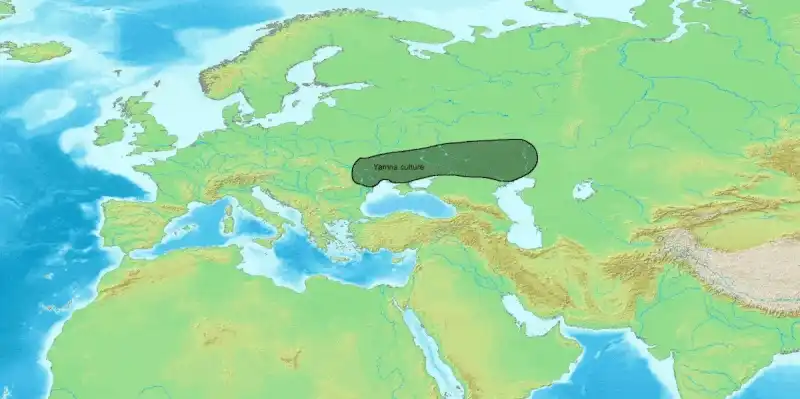The quest for the first Indo-Europeans, and whales communicating like humans
New DNA evidence emerges in the hunt for the first speakers of Indo-European, and researchers discover that whalesong shares a property of human language never before found in the animal kingdom.

It's an exciting week in the world of linguistics! Two studies were just published that are each creating quite the media buzz—I give you the tl;dr below!
Welcome to this week's edition of Discovery Dispatch, a weekly roundup of the latest language-related news, research in linguistics, interesting reads from the week, and newest books and other media dealing with language and linguistics.
This means that if you'd like to purchase a book recommendation and support Linguistic Discovery at the same time (at no extra cost to you), you now have two ways of doing so: Amazon or Bookshop.org.
Thank you for supporting Linguistic Discovery!
📋 Contents
🗞️ Current Linguistics
📖 This Week’s Reads
📚 Books & Media
🗞️ Current Linguistics
Recently published research in linguistics.
A couple exciting new pieces of research came out this week!
First, the quest for the first speakers of Indo-European languages continues unabated. Ever since linguists discovered that they could reconstruct ancient languages in the late 1700s, the field has been obsessed with discovering the linguistic homeland (Urheimat) of the Indo-European language family, spawning several conflicting hypotheses.
This latest research lends additional weight to the widely-accepted Steppe Hypothesis, which proposes that the original Indo-Europeans were situated on Pontic-Caspian Steppe just north of the Black Sea sometime around 4000 BCE. Scholars typically point to the Yamnaya people who were present there at the time as the likely speakers of the original Indo-European language (known as Proto-Indo-European). The Yamnaya were herders who adopted wheel technology around 3300 BCE, a technological innovation which helped them spread rapidly throughout Eurasia. In support of the Steppe Hypothesis, DNA evidence has previously shown that almost everywhere Indo-European languages are spoken today, there is a genetic connection to the Yamnaya.

This new research goes further and provides evidence for the origin of the Yamnaya themselves. The authors show that around 4400 BCE, there was a genetically diverse group of people living on the steppes, which the authors call the Caucasus-Lower Volga cline, or CLV. The Yamnaya were one of the groups that descend from this mixed population. Around 400 years later (c. 4000 BCE), some of the descendants of this CLV population migrated south into Anatolia (modern Turkey), eventually giving rise to the oldest written evidence of an Indo-European language, Hittite (attested c. 1600–1200 BCE).




